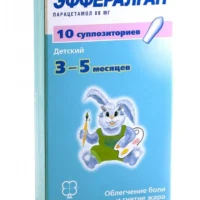Description
Medrolgyn (Ketorolac) Solution for Injections 30 mg/ml. №5
Ingredients
- Each ml contains 30 mg of Ketorolac tromethamine as the active ingredient.
Dosage
- The usual dose is 30 mg every 6 hours as needed for pain relief.
Indications
- Medrolgyn is indicated for the short-term management of moderate to severe acute pain.
Contraindications
- Do not use in patients with a history of peptic ulcer disease or gastrointestinal bleeding.
Directions
- Administer the solution for injections intramuscularly or intravenously. Do not exceed the recommended dose.
Scientific Evidence
- Ketorolac has been extensively studied for its efficacy in managing pain. Clinical trials have shown that Ketorolac is as effective as opioids in treating acute pain, with a lower risk of addiction and respiratory depression.
- The pharmacological action of Ketorolac involves inhibiting prostaglandin synthesis, resulting in analgesic, anti-inflammatory, and antipyretic effects. By blocking the COX enzymes, Ketorolac reduces pain and inflammation at the site of injury.
- Compared to other nonsteroidal anti-inflammatory drugs (NSAIDs), Ketorolac has shown similar efficacy but with a lower risk of gastrointestinal side effects. Its short duration of action makes it suitable for short-term pain management.





